Bad Omen: Porsche Not So Happy With Abysmal EPA Assessment for Taycan

Just the other day, Porsche discussed how excited it was with the number of people placing reservations for its hot new Taycan EV. Unfortunately, that release appears to have been timed to draw attention away from the Environmental Protection Agency’s assessment of the Taycan’s “fuel economy” — a figure that was waiting around the corner to bash Porsche’s shins with a lead pipe.
When the German automaker announced the model, it claimed the electric sedan would offer ranges of up to 280 miles on a single charge using the European Worldwide Harmonised Light Vehicles Test Procedure (WLTP). The real number came in at 256 miles for WLTP. Since EPA estimates are typically much more conservative than WLTP averages, many expected maximum range to come down substantially once the United States finished testing … and come down it did.
The EPA calculated the 2020 Porsche Taycan Turbo as having a maximum range of 201 miles.
Meanwhile, the model everyone compares it with — Tesla’s Model S — can be purchased with a maximum range between 348 and 373 miles. We suspected Porsche would have trouble matching Tesla’s range, as the American manufacturer has been hammering away at battery tech for far longer, but the disparity is larger than we bargained for.
That may also be true for Porsche. The automaker has commissioned an “ independent study” from AMCI Testing to assess the model’s range. Unsurprisingly, it reported a maximum range of 275 miles for the Taycan Turbo in normal mode under the highway conditions. Swapping that to ranged mode and keeping it inside the city upped the figure to an alleged 288 miles.
Despite AMCI seeing improved numbers vs the EPA assessment, Porsche still has to use the latter when trying to sell the vehicle to U.S. customers. That’s bad news, as 201 miles means the $151,000 Taycan Turbo has a smaller operating radius than the Chevrolet Bolt, Nissan Leaf Plus, Jaguar E-Pace, Audi e-tron, and anything sold by Tesla Motors.
It almost seems like a mistake, considering the Taycan uses a rather sizable 93.4 kWh battery pack, yet Porsche has already said that it accepts the EPA’s assessment. It just wants everyone to know that other tests have shown the model performing better.
We don’t expect this to impact sales in the short term. The Taycan is fresh and hip, meaning there’ll be a glut of people who’ll want to scoop it up as an super-cool conversation piece. Over a longer timeline, that 201 miles range is bound to turn some people off, however. Range anxiety is still a factor in EV sales and, while it may not hurt a model many wealthy people will only use as a second or third vehicle, those who wanted the Taycan as a daily runabout may bolt over to Tesla.
With Volkswagen Group bent on electrification, Porsche will undoubtedly continue massaging the Taycan to improve its overall range. In the meantime, the model may have to rest on its performance chops — which most claim are definitely up to Porsche standards. It also uses an 800-volt system that allows for faster charging than most present-day EVs, further softening the range blow. Thus far, we only have calculations for the Turbo variant. We’ll see how the Taycan Turbo S stacks up once the EPA finishes its testing.
[Images: Porsche]

A staunch consumer advocate tracking industry trends and regulation. Before joining TTAC, Matt spent a decade working for marketing and research firms based in NYC. Clients included several of the world’s largest automakers, global tire brands, and aftermarket part suppliers. Dissatisfied with the corporate world and resentful of having to wear suits everyday, he pivoted to writing about cars. Since then, that man has become an ardent supporter of the right-to-repair movement, been interviewed on the auto industry by national radio broadcasts, driven more rental cars than anyone ever should, participated in amateur rallying events, and received the requisite minimum training as sanctioned by the SCCA. Handy with a wrench, Matt grew up surrounded by Detroit auto workers and managed to get a pizza delivery job before he was legally eligible. He later found himself driving box trucks through Manhattan, guaranteeing future sympathy for actual truckers. He continues to conduct research pertaining to the automotive sector as an independent contractor and has since moved back to his native Michigan, closer to where the cars are born. A contrarian, Matt claims to prefer understeer — stating that front and all-wheel drive vehicles cater best to his driving style.
More by Matt Posky
Latest Car Reviews
Read moreLatest Product Reviews
Read moreRecent Comments
- SCE to AUX Over the last 15 years and half a dozen vehicles, my Hyundais and Kias have been pretty cheap to maintain and insure - gas, hybrid, and electric.I hate buying tires - whose cost goes by diameter - and I'm dreading the purchase of new 19s for the Santa Fe.I also have an 08 Rabbit in my fleet, which is not cheap to fix.But I do my own wrenching, so that's the biggest factor.
- MaintenanceCosts '19 Chevy Bolt: Next to nothing. A 12v battery and a couple cabin air filters. $400 over five years.'16 Highlander Hybrid, bought in 2019: A new set of brakes at all four corners, a new PCV valve, several oil changes, and two new 12v batteries (to be fair, the second one wasn't the car's fault - I had the misfortune of leaving it for a month with both third-row interior lights stealthily turned on by my kid). Total costs around $2500 over five years. Coming due: tires.'11 BMW 335i, bought in late 2022: A new HID low beam bulb (requiring removal of the front fascia, which I paid to have done), a new set of spark plugs, replacements for several flaking soft-touch parts, and two oil changes. Total costs around $1600 over a year and a half. Coming due: front main seal (slow leak).'95 Acura Legend, bought in 2015: Almost complete steering and suspension overhauls, timing belt and water pump, new rear brakes, new wheels and tires, new radiator, new coolant hoses throughout, new valve cover gaskets, new PS hoses, new EGR valve assembly, new power antenna, professional paint correction, and quite a few oil changes. Total costs around $12k over nine years. Coming due: timing belt (again), front diff seal.
- SCE to AUX Given this choice - I'd take the Honda Civic Sport Hatchback (CVT). I 'built' mine for $28777.To my eye, the Civic beats the Corolla on looks these days.But for the same money, I can get an Elantra N-Line with 7-speed DCT, 201 HP, and good fuel economy, so I'd rather go for that.
- Kwik_Shift_Pro4X '19 Frontier Pro 4X. Next to nothing. All oil changes are on schedule. Got new tires at 60000 miles. Still on original brakes at 79000 miles. Those are due soon. Brakes complete estimate $1000 all in.
- Dr.Nick The cars seem really expensive with tight back seats and Cadillac was on the list of the highest price gouging dealers coming out of COVID. I don’t understand the combination, shouldn’t they be offering deals if they are not selling?


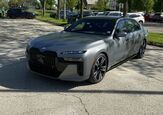

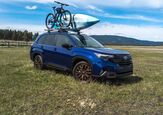









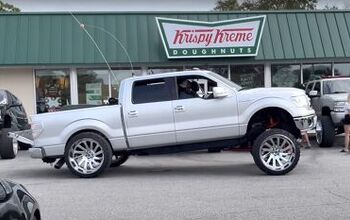
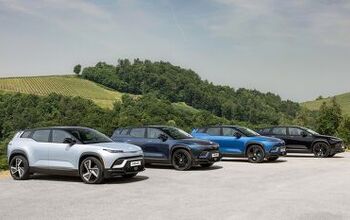
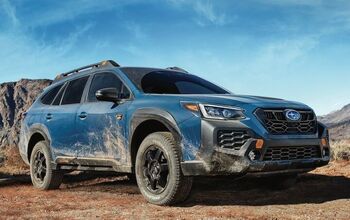
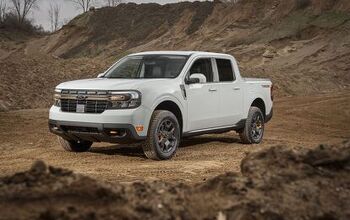
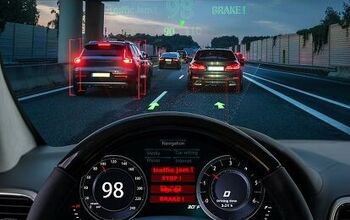
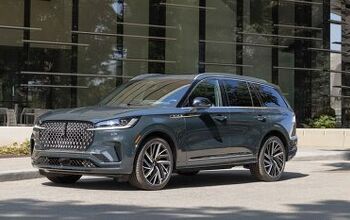
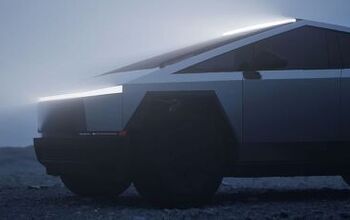
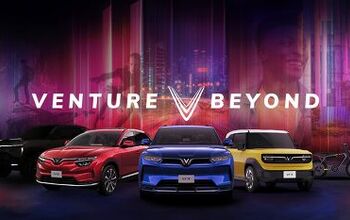
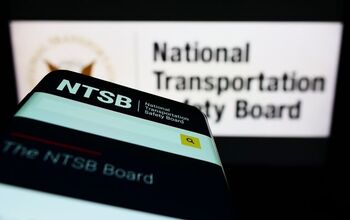
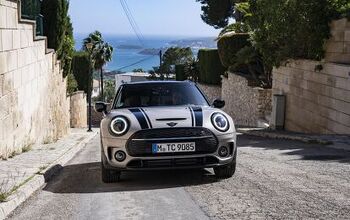
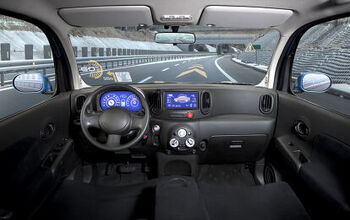
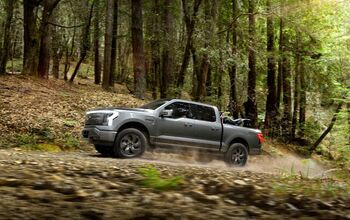
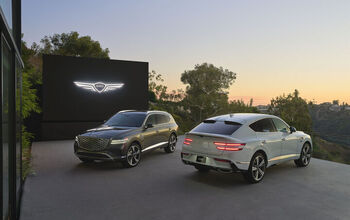
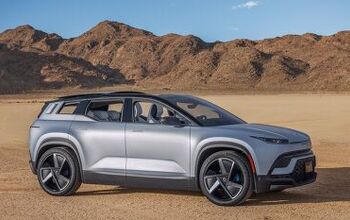
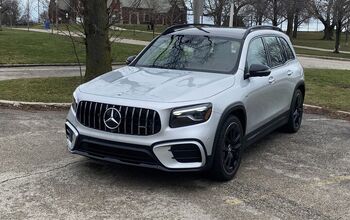
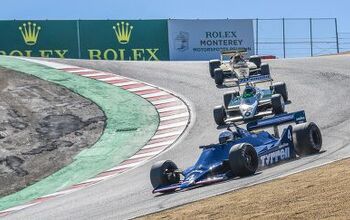
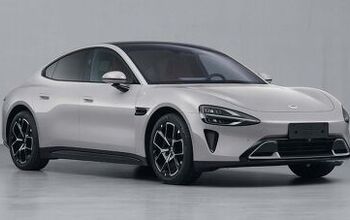
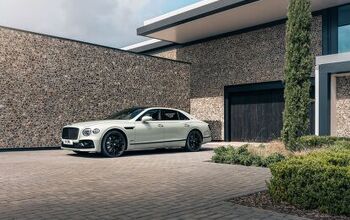
Comments
Join the conversation
The bright side is they won't be able to tailgate you for very long at least.
mis-posted this to the mini article Look, AMCI undoubtedly did achieve the mileage that Porsche is touting here, but lets be realistic about what they do. Their role is specifically to provide testing data that’s of use to the manufacturer for advertising and training purposes. Think cheesy sales training videos or alternate talking points for efficiency claims (like this one). I don’t think they could be paid to lie outright, but they are certainly being paid to find a way to present their findings in a useful manner. If a study like that claims an interesting fact it should probably be presented with a very specific notation about this. It may be that there is a very interesting story there and the brand is correct, but I would never take that at face value without a lot of secondary sourcing